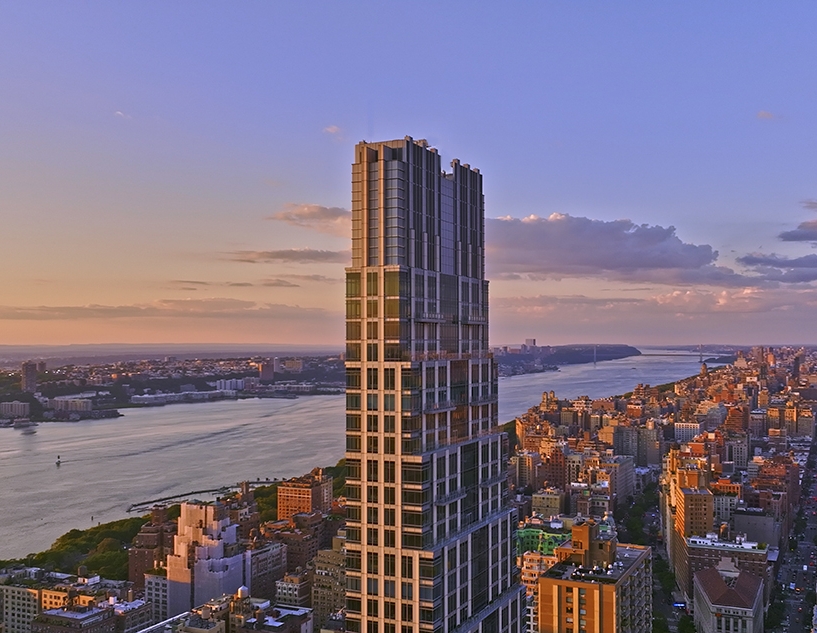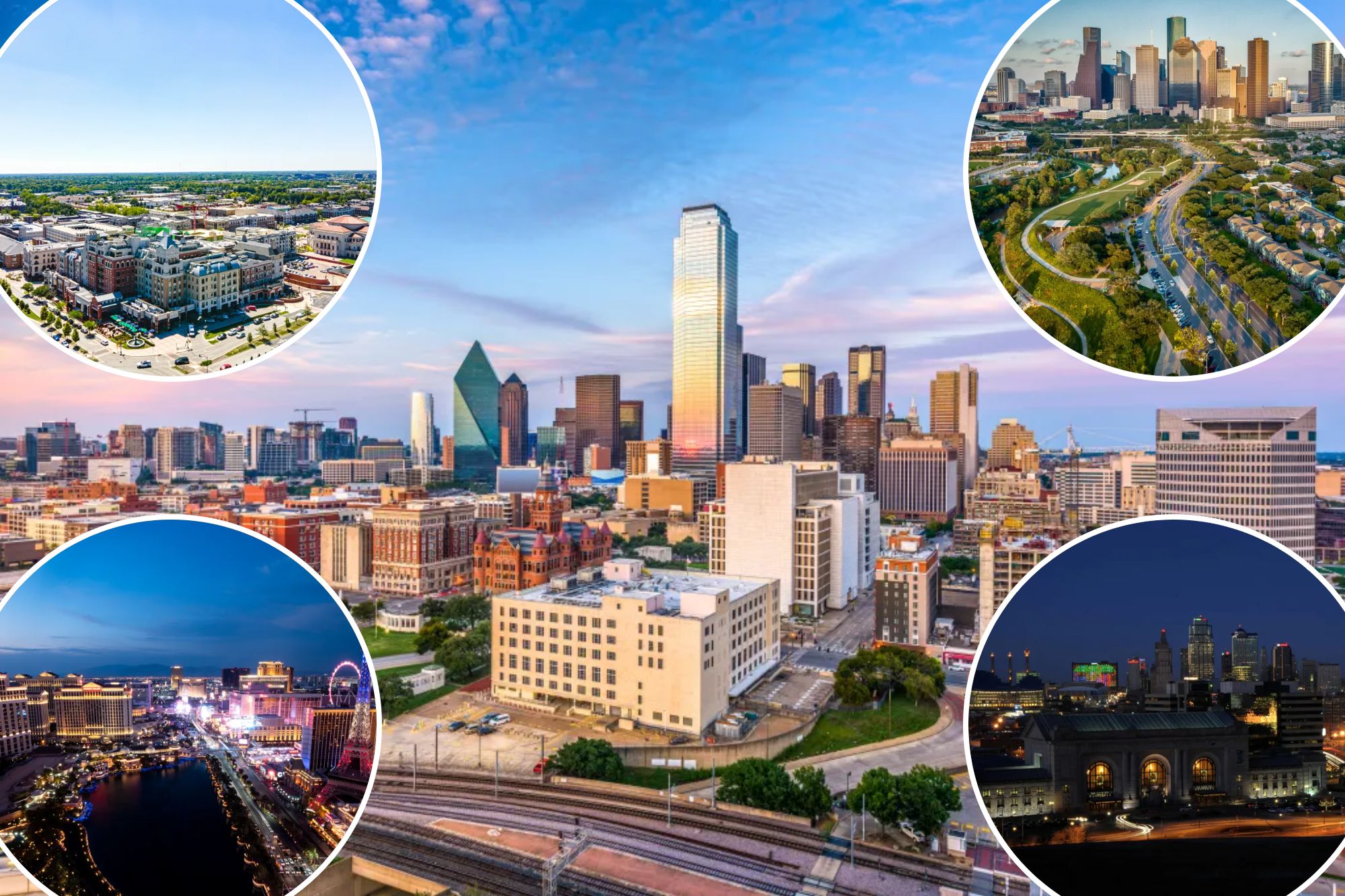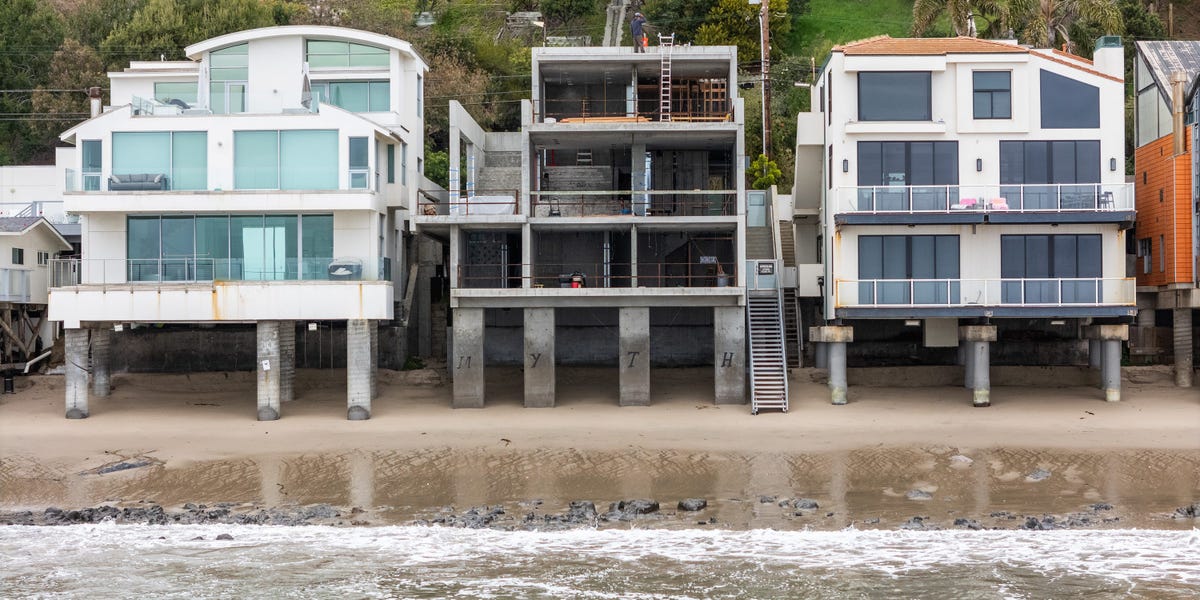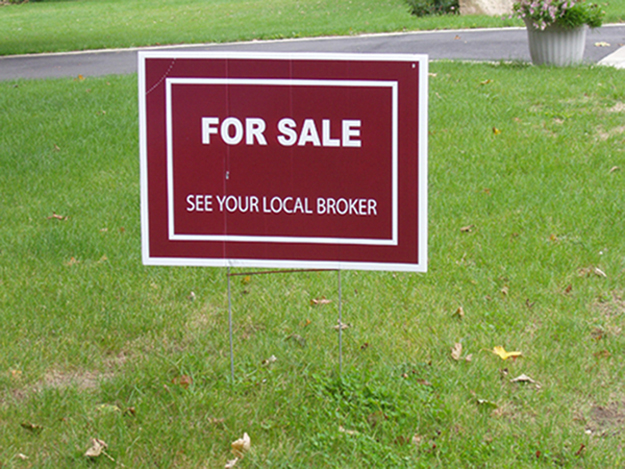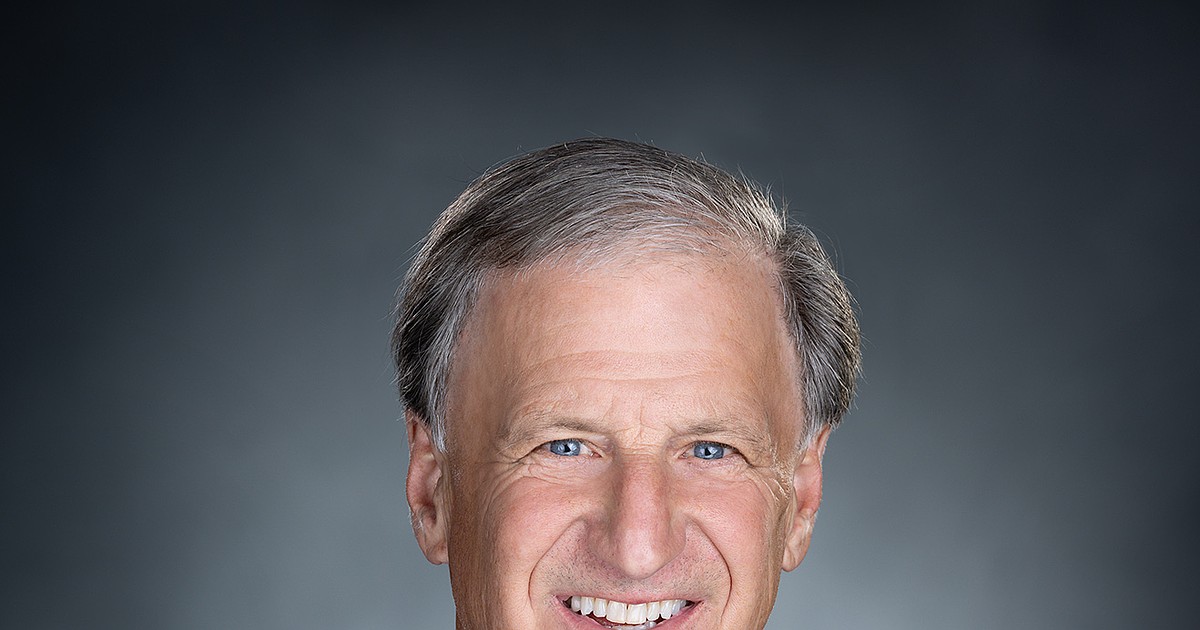I
n today's entertainment-driven culture, real estate is no longer just a passive backdrop – it's a starring role. Buildings are being featured in movies and TV shows, driving bookings, sales, foot traffic, and brand activation strategies that traditional marketing can't match.
Take Bell Works in Holmdel, N.J., for example. Originally built as Bell Labs in 1962, the site was reimagined in 2013 as a mid-century mixed-use "metroburb" with offices, retail, dining, entertainment, and community services. Its striking architecture and flexible layout made it an ideal location for filming Apple TV+'s "Severance." The show's exposure catapulted Bell Works to global attention, attracting fans and influencers who now visit the property as a pilgrimage destination.
Similarly, 200 Amsterdam in Manhattan was featured in several high-profile shows, including HBO's "Succession," and recently sold a full-floor residence for $20.1 million – the priciest Upper West Side deal this year. The building's exposure has made it a sought-after location for fashion and decor photo shoots and continues to attract a steady stream of influencers.
The connection between media exposure and luxury real estate performance is growing more strategic. A 2023 study by Knight Frank found that 69% of global luxury buyers consider cultural relevance, including media visibility and social buzz, when evaluating a property's value. In competitive urban markets like New York, this influence often translates into pricing power and brand equity.
For CRE owners, securing the right legal safeguards and minimizing disruptions are essential when hosting film productions. Damon Juha, who advises property owners on film production agreements, notes that timing and location are critical factors in balancing the needs of paying customers with those of film crews.
Once properties hit the screen, the impact can be immediate and lasting. For 200 Amsterdam, exposure in "Succession" became a catalyst for repositioning the building as an icon of ultra-luxury living on Manhattan's Upper West Side. The show's devoted audience translated screen time into a new wave of real-world interest, with fans visiting the property and driving sales.
This phenomenon is not limited to luxury properties. A 2024 U.S. Film & Television Economic Impact report shows that film tourism is generating significant economic benefits for local communities, with Westchester County, N.Y., earning nearly $924 million from the film/TV sector last year. Nationally, film tourism is estimated to be growing 6-8% annually, having a massive impact on the residential and commercial real estate industries.
As pop culture placemaking continues to shape the way we engage with physical environments, CRE owners are increasingly factoring media exposure into their long-term vision for properties. This shift reflects a broader transformation in how real estate engages with culture – it's no longer just about being seen; it's about being recognized, referenced, and remembered.
